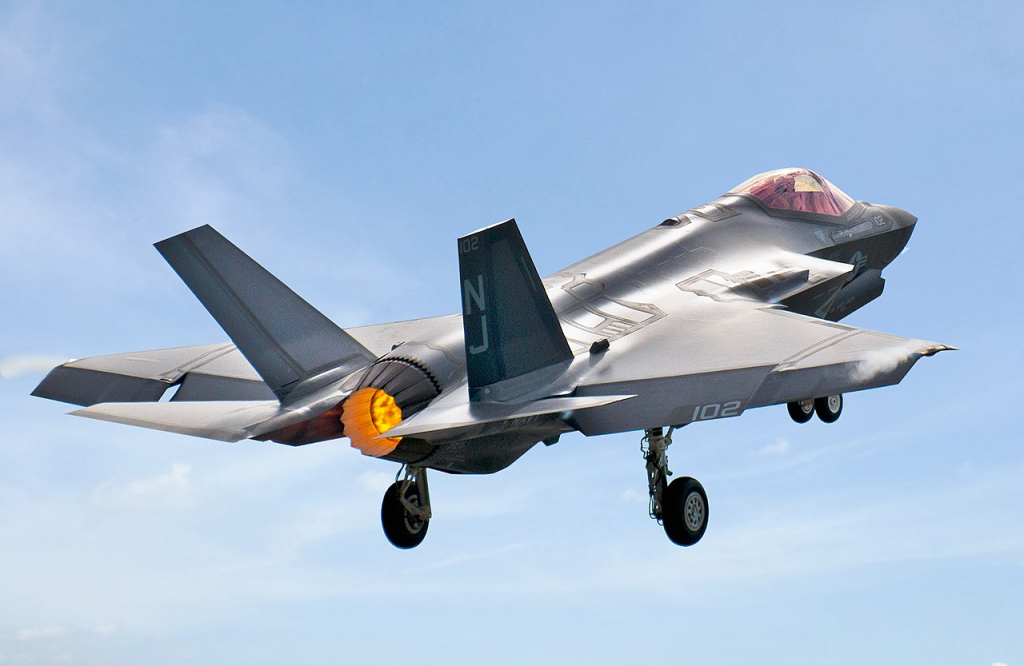
AIR superiority is the ultimate high ground, opined once the USAF Chief of Staff Gen. Mark Welsh. In 2025, the high ground is divided between the largest fighter fleets in history, the United States again in the numerically dominant position but with increasingly capable challengers. At the simplest level, brute aircraft numbers are part of the equation, but the equilibrium of the balance of power in the air exists in the dynamic of technology, doctrine, and industrial base which exposes the underlying truths of the balance of power in the skies.
From Japan’s expanding stealth screen to India’s expansionist indigenous plans, and from Russia’s struggling Su-57 delivery to China’s meteoric naval aviation growth, the world’s largest air forces are reordering their fighter lines for the next era of competition. Based on recent data, operational successes, and strategic advances, this listicle examines five of the most intriguing developments reshaping global air power today.

1. Carrier Ambitions and the Stealth Shield for Japan
Japan’s Air Self-Defense Force operates 253 fighters in a fleet of 1,459 aircraft, with an amalgam of American and indigenous designs. The pride of the fleet is the F-35A Lightning II, locally produced at the Nagoya factory of Mitsubishi Heavy Industries. When the first domestically produced F-35 rolled out in 2017, it represented the entry of the nation into the realm of high-end stealth production. Radar-defeating shapes and sensor-fusion-enabled sensors give these aircraft the structural basis of the future air defense of Japan.
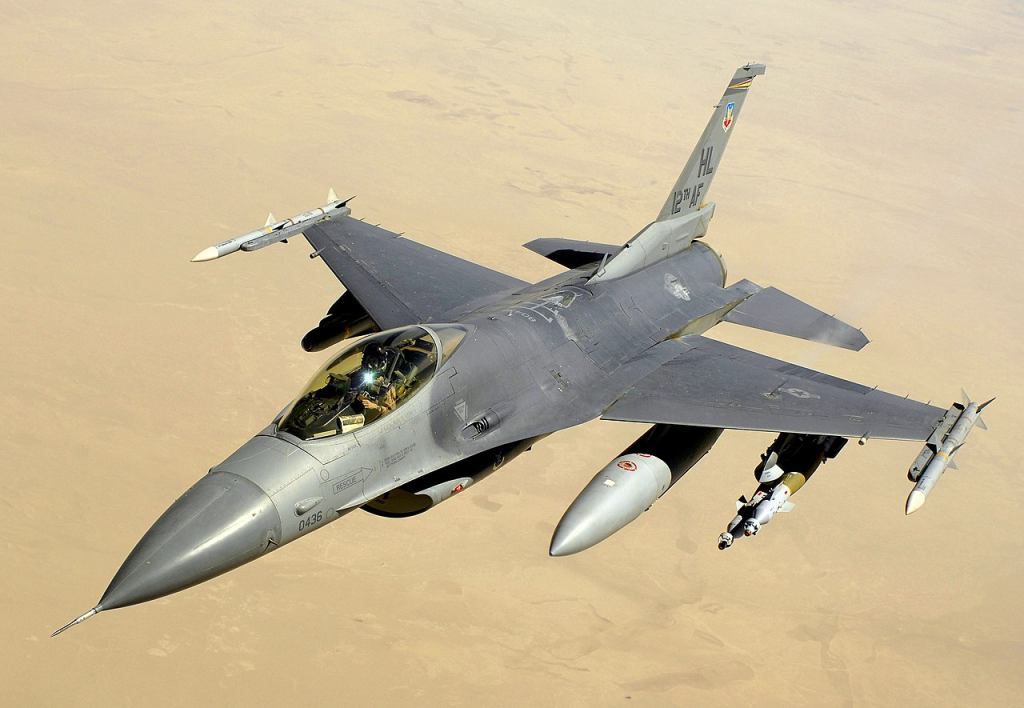
Standing alongside them are F-2s produced by Mitsubishi the F-16’s bigger brothers with dedicated designs for sea-patrol and F-15Js network-enabled to communicate with F-35s. The country also buys F-35B variants with the capability to deploy off ships for duty aboard the Izumo-class helicopter carriers and project power much farther than its coast. With 147 F-35s delivered or on order, Japan’s the biggest owner of the type in the world after the US, which shows just how much it’s set on keeping its superiority in regional air-to-air warfare.

2. Indian Domestic Fighter Push
India’s 578 fighters constitute an odd but distinctive mix with Russian Su-30MKIs to French Rafales and indigenous HAL Tejas fighters. The Tejas project has gained momentum with the historic order for 97 Tejas Mk1A fighter jets at $7.5 billion. The newer variants of the fighter also boast indigenous UTTAM AESA Radar and electronic warfare suites with over 64% indigenous content supported by 105 Indian suppliers.

It comes in the midst of Indian Air Force squadron shortfall now 31 out of authorized strength of 42.5 agggravated by September 2025 retirement of the MiG-21 Bison. Along with Tejas, alternatives involve buying additional Rafales, also an upgrade in the form of ‘Super Sukhoi’ in the Su-30MKIs, and potential acquisition of F-21s or Su-57s. It also comes with the Atmanirbhar Bharat program and is intended to reduce dependence on foreign suppliers with the long-term aim of enhancing industrial capacity and wartime power.
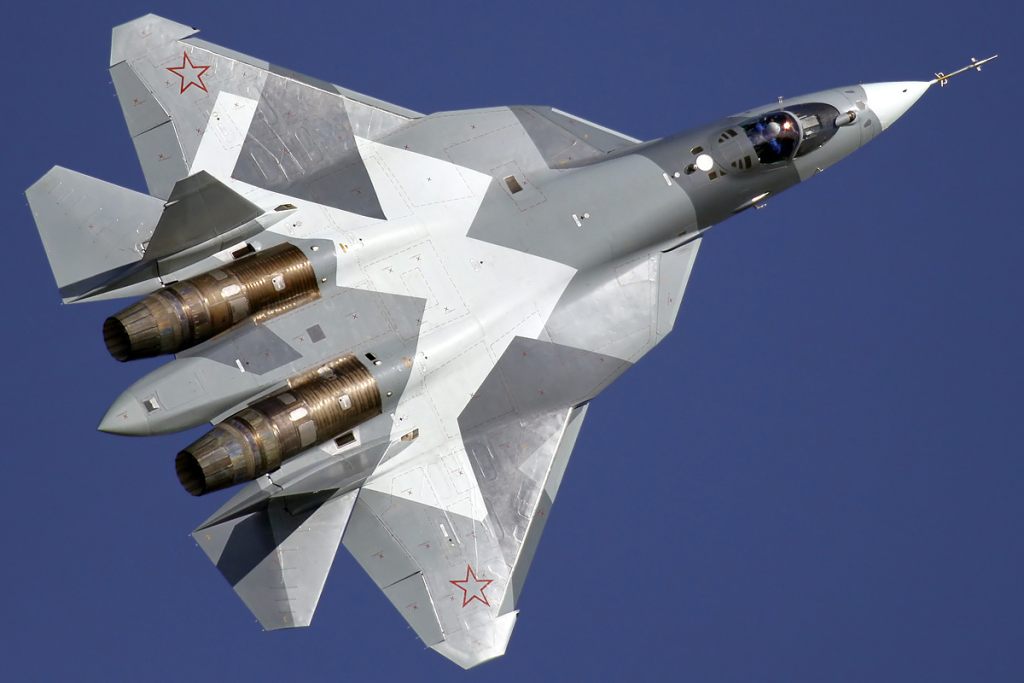
3. Turbulent Su-57 Programme of Russia
Russia’s 1,147 fighters consist of only a few Su-57 Felons hyped to be fifth generation but suffering with production hitches and design compromises. Its cross-sectional area of the radar section has been approximately between 0.1 to 1 square meter one thousand times more visible than an F-35. Exposed rivets, rounded engine cowlings, and low-standard paint for the radars all give away stealth. Production proceeded at snail’s pace: just 31 airframes having been produced by the end of 2024 with just 12 being combat-capable.
Sanctions limited availability of critical avionics and microelectronics to delay introduction of the new Izdeliye 30 engines to attain full potential. Attrition in Ukraine, including damage apparently suffered by Su-57s at the airfield of Akhtubinsk, has diminished operational capacity even more. Without export momentum Indiaopted out of an mutually collaborative program, China isn’t interested the Su-57 may prove little more than a costly publicity stunt in the game-changer role on the battlefield.
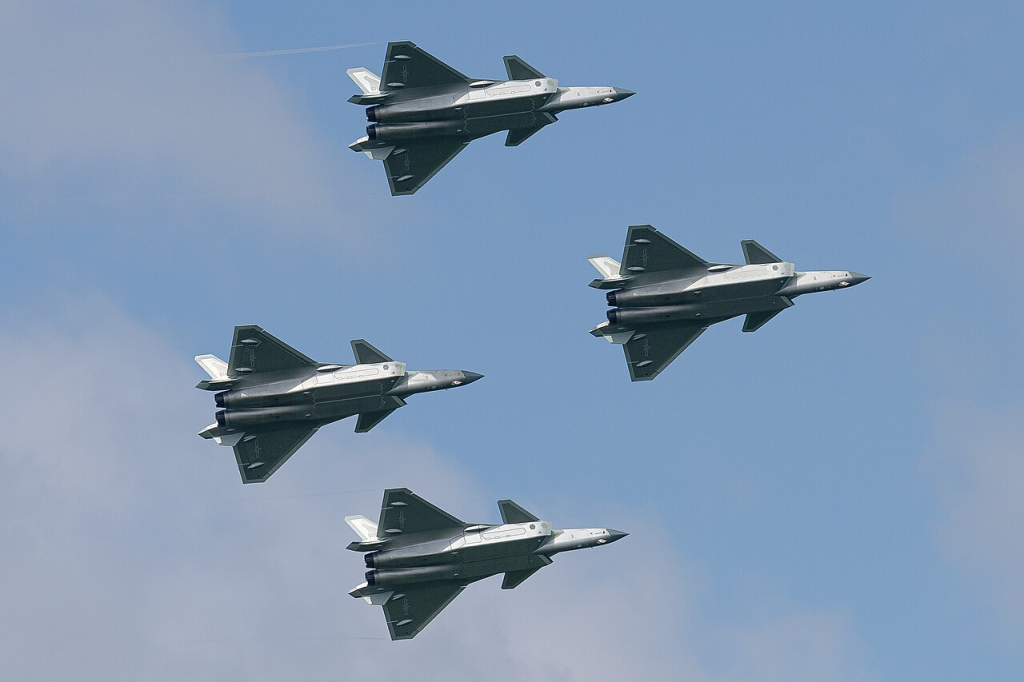
4. China’s Expanding PLAAF and Naval Aviation Bases
China fields 2,157 fighters of which its flagship stealth platform is the J-20 Mighty Dragon. The long-range interceptor in the J-20 employs extended-range PL-15 missiles at the high-value targets such as tanker and AWACS aircraft. The large frame accommodating more weapons and bigger fuel balances out traditionally less-efficient engines. New indigenous engines such as the WS-15 aim to match Western supercruise speeds.

Beyond the PLAAF, China’s naval aviation is growing rapidly. The Liaoning and Shandong carriers have been joined by the catapult-equipped Fujian, enabling operations of next-generation fighters like the J-35. Carrier trials with the J-15T and KJ-600 AEW aircraft signal a leap in capability. With older J-7s and J-8s retiring, the fleet is increasingly dominated by J-10s, J-16s, and J-11s modern designs integrating Chinese avionics into Russian-inspired airframes.
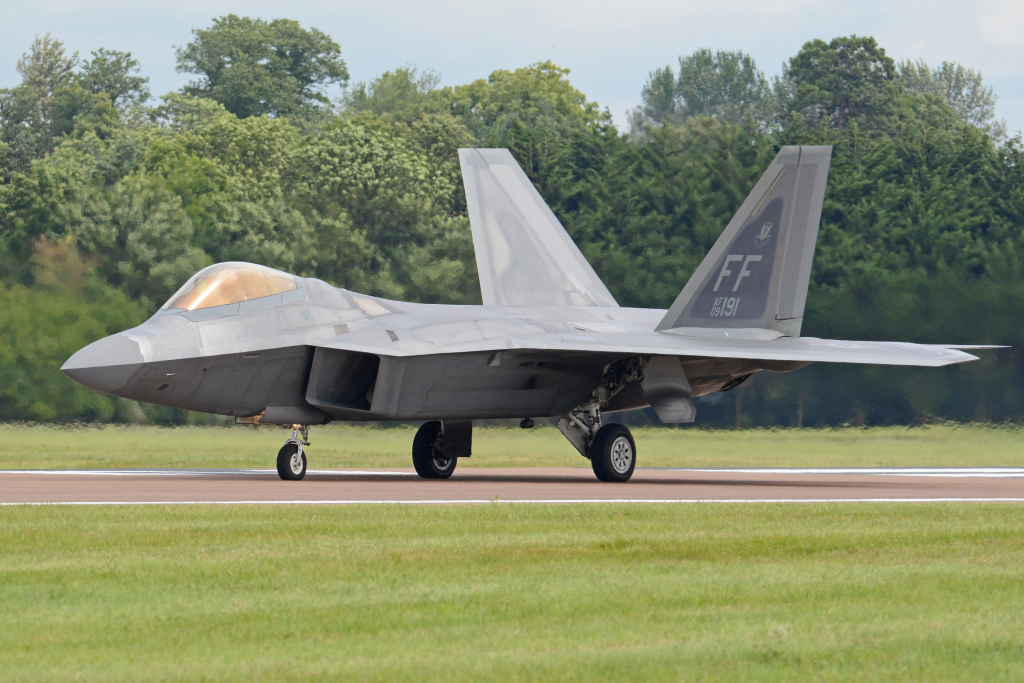
5. American Air Superiority and the Next Generation
The United States operates 2,651 fighters in the Air Force, Navy, and Marine Corps with the anchor mission of the F-22 Raptor and F-35 Lightning II. The F-22 is the standard against which all-aspect stealth and in-fighter fighter maneuverability is measured, and the F-35 offers unbeatable sensor fusion and multi-mission versatility. Older F-15s and F-16s continue in service, networked and upgraded for the contemporary battlefield.

Naval aviation is on the eve of re-definition with the future F/A-XX sixth-generation naval fighter. The Pentagon’s near-term Boeing versus Northrop Grumman decision this decade will impart definition to the F/A-18E/F Super Hornet successor. A longer-range platform with increased stealth and unmanned systems interface, the F/A-XX is widely presumed necessary for offsetting China’s advances at sea. Along with the Air Force’s NGAD program, such developments would seem to ensure US predominance in both bluewater and contested skies.
The fighter aircraft scene in the year 2025 around the globe is marked not just by quantities but also by the tempo of modernization, industrial resolve, and strategic vision. Japan and India look to indigenous industry for autonomy, Russia struggles to turn prototypes to service fleets, China is marrying stealth to maritime power projection, and the US contemplates generation skip in the world of carrier aviation. In the face of this dynamic race to the skies domination, technological predominance and versatility may be more critical than sheer fleet size.


